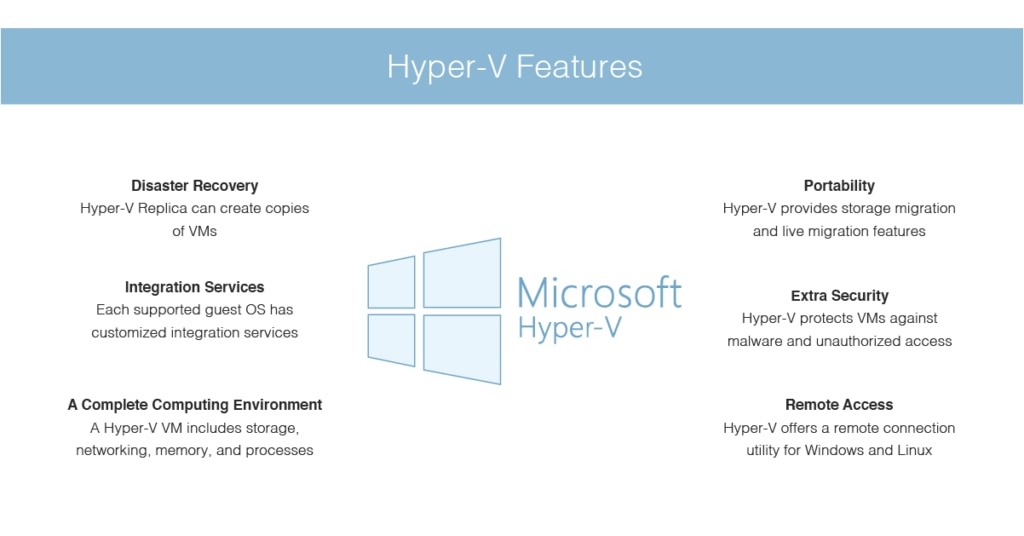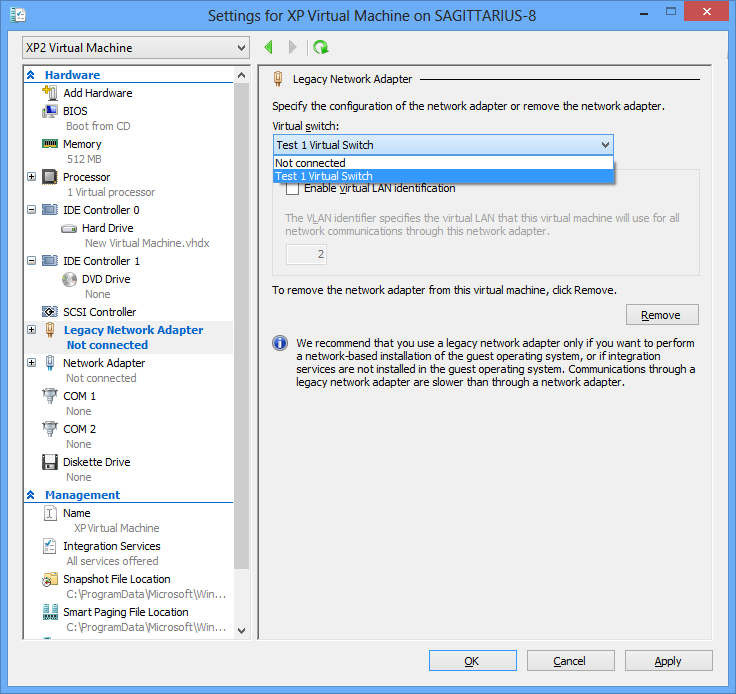


Users: WSL 2 runs in a lightweight Hyper-V platform on any edition of Windows 10.Hyper-V supports Windows 7, 8.1, 10, as well as a variety of Linux and BSD guests.What is nifty about Hyper-V Server is that it is free from Microsoft. Sudo apt -y install qemu-kvm. These virtualized systems can be used and managed just as if they were physical computer systems, however they exist in virtualized and isolated environment.If you are familiar with Windows 10 Server, think of Hyper-V Server as Windows 10 Server with just the Hyper-V Role and a very minimal TUI.Ubuntu Desktop Guest appliance - GNS3.
That's all we need to get started.The first thing I do is enable Automatic Updates for security purposes with option 5:I also enable Telemetry so Microsoft can see, anonymously, what I am doing with Hyper-V Server with option 10:Then I manually run updates with option 6, which will end with needing to restart:Log back into our freshly updated system:You can enable Remote Desktop to Hyper-V Server, allowing the server to act as a headless VM server, with option 7:After enabling, you can try Remote Desktop by getting the Hyper-V Server's IP address with option 8:Then connect from another device with the Remote Desktop client built into Windows:If you are running Hyper-V Server inside Hyper-V (and not on bare metal) then you will need to shutdown your VM, go to your Virtual Switch Manager on your host, add an External Switch, which is reachable from outside your localhost, and then add it to your Hyper-V Server VM:You can then access Remote Desktop from other devices on the network, using the External Switch IP:It is also possible to forward the Remote Desktop connection without using an external switch, but this quick and dirty for our lab testing.If you are running Hyper-V Server on Hyper-V and run into issues starting new VMs you may need to shut down and enable nested virtualization for that VM: Set-VMProcessor -VMName "Hyper-V Server 2019" -ExposeVirtualizationExtensions $trueNote: Hyper-V nested virtualization works well on Intel chips. It is also extremely fast.Then we get to the main show: A Command Prompt and our Hyper-V Server Configuration script. Hyper-V Server is all managed on the device in a terminal user interface (TUI). Select your language and a new install:Select 'Custom' install unless you are upgrading:Create new and format virtual disks, as needed:Windows will create some system and reserved partitions:The first run of Hyper-V Server looks a bit sparse. You could even run Hyper-V Server inside another type 1 hypervisor such as Hyper-V or KVM that supports nested virtualization extensions.The initial install process for Hyper-V Server looks remarkably like Windows 10.
Client Hyper-V Portable Client Device
Open PowerShell as Administrator and run: winrm quickconfigDo not be alarmed by the error. We are connecting from an arbitrary client to an arbitrary Hyper-V Server, so we need to do a couple extra steps before we can connect.On our Windows 10 client we need to configure WinRM. This is common in enterprise environments to lock everything down and make it more secure.For our testing purposes today, we do not though. If you can't find Hyper-V Manager by searching the Start Menu, you may need to enable it in Windows Features:Or in PowerShell as Administrator: Enable-WindowsOptionalFeature -Online -FeatureName Microsoft-Hyper-V -AllOnce installed, we can use Hyper-V Manager on our client locally or to connect to Hyper-V Server and create and manage VMs there.The idea of using a client and server is that you could use Hyper-V Manager on a power-efficient portable client device while running Hyper-V Server and mulitple OS workloads on your stationary workstation or bare metal server.The next few steps are can be skipped if you have Active Directory on a Domain with Hyper-V Administrator permissions set.
...
In real world production your Hyper-V Server would likely have a dedicated physical NIC bound for each VM. That configuration is outside the scope of this article, perhaps in a follow-up post.


 0 kommentar(er)
0 kommentar(er)
